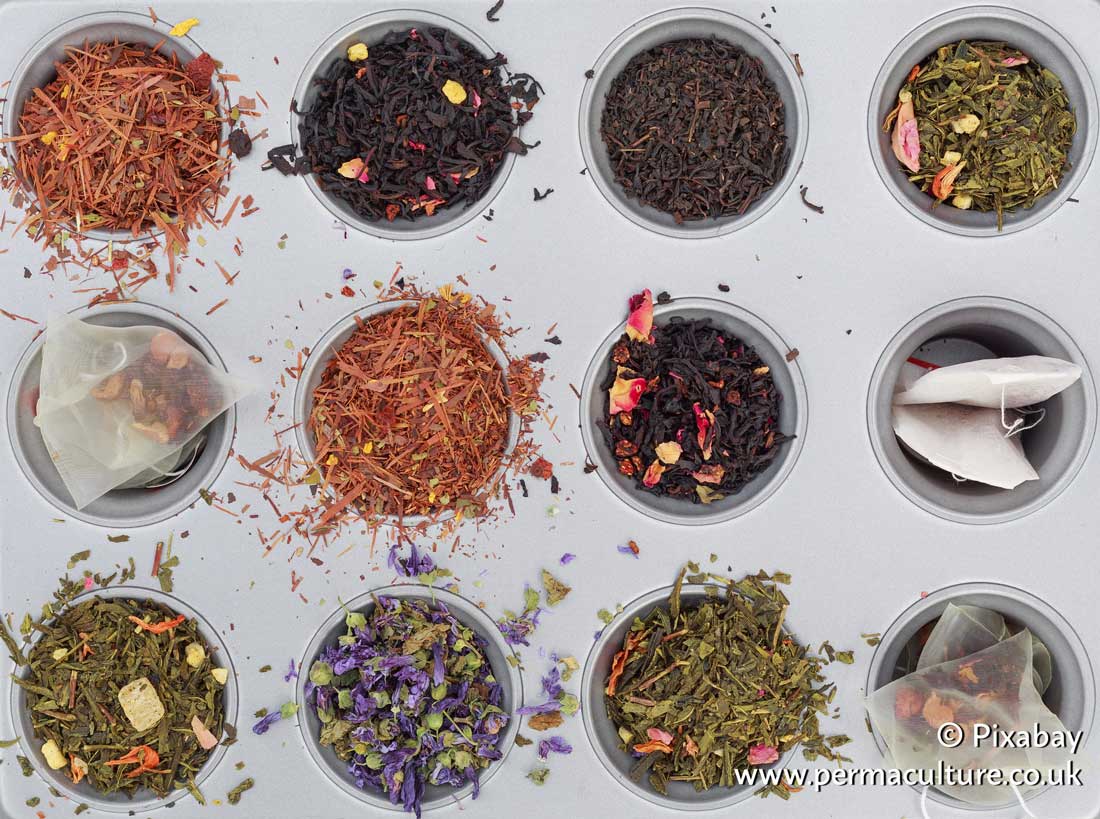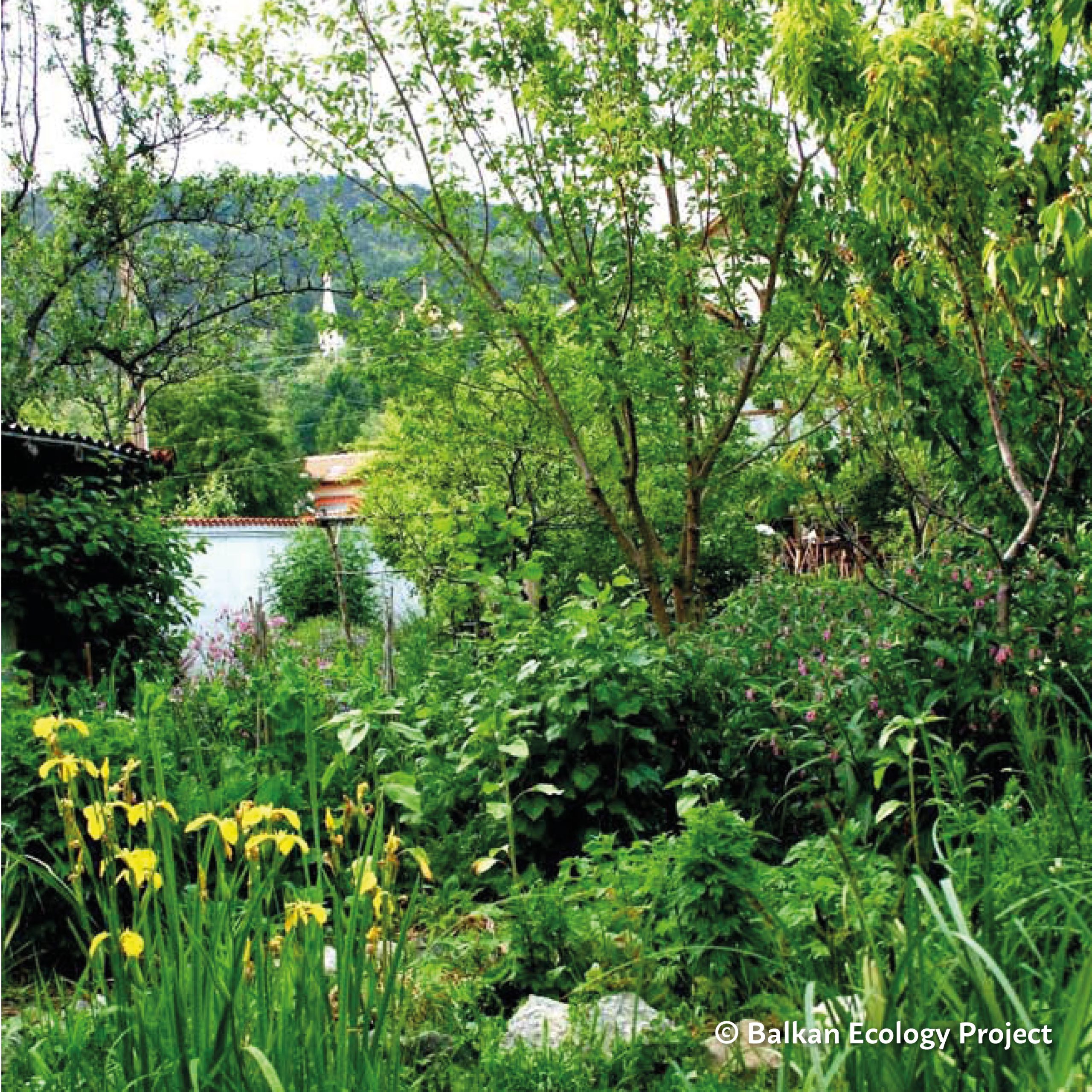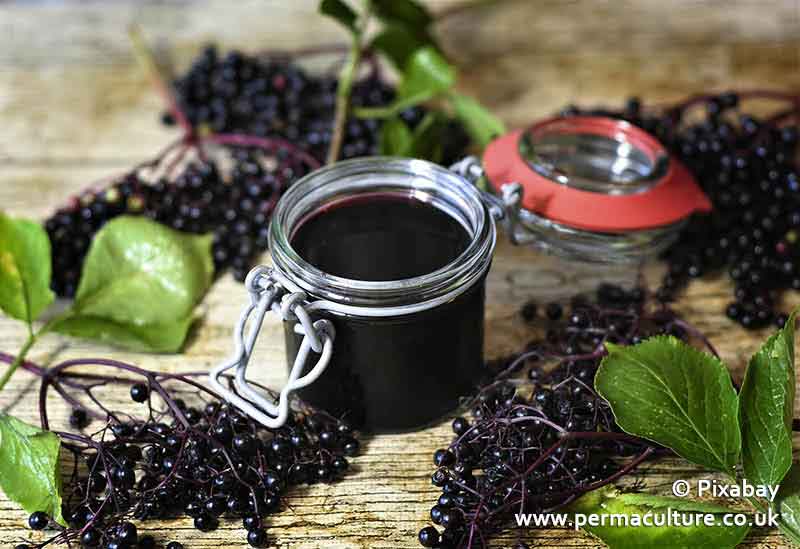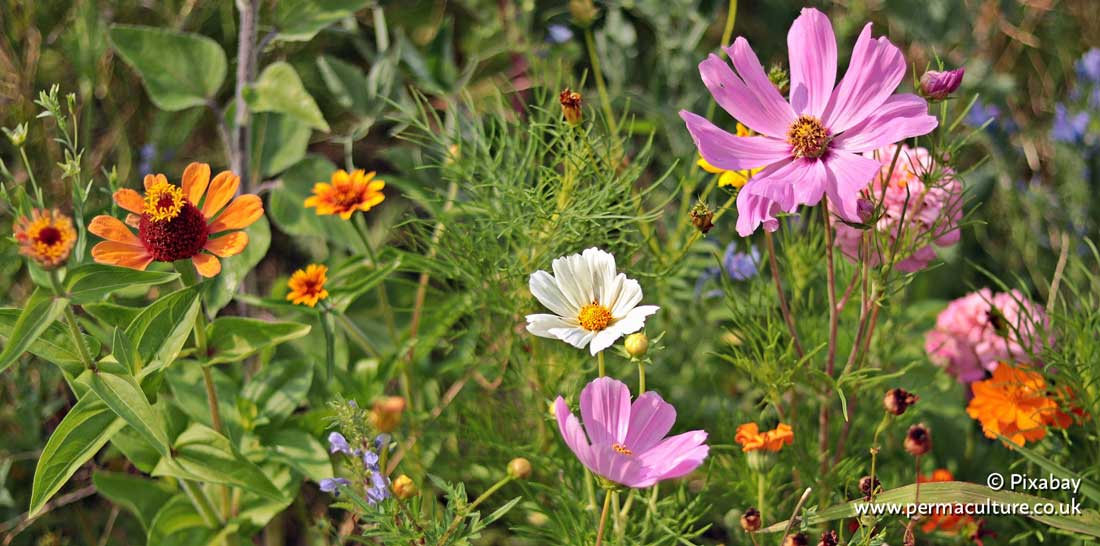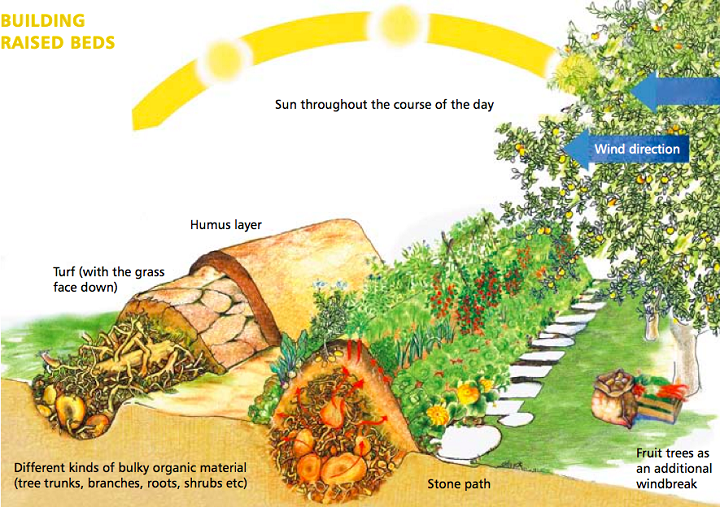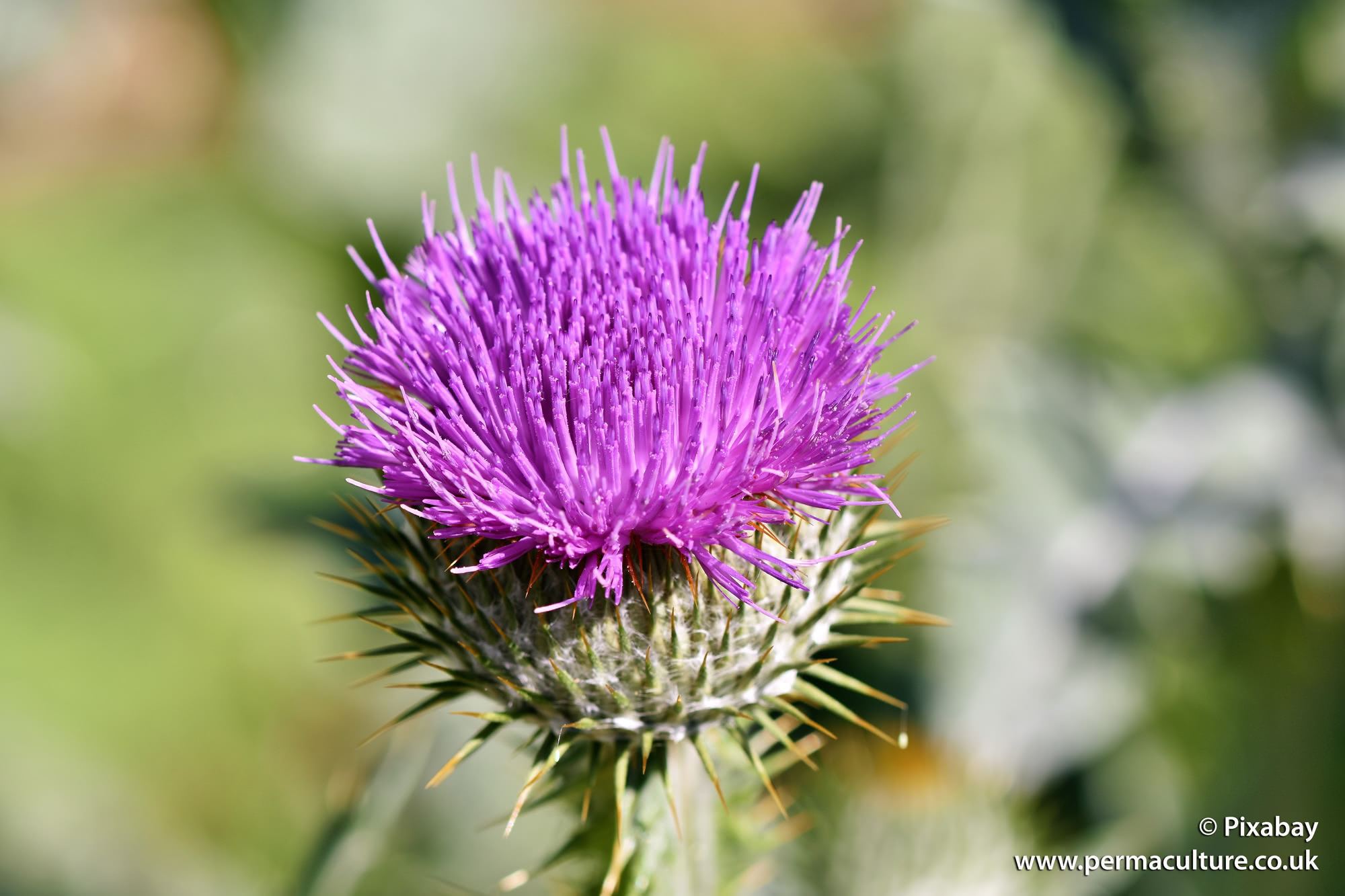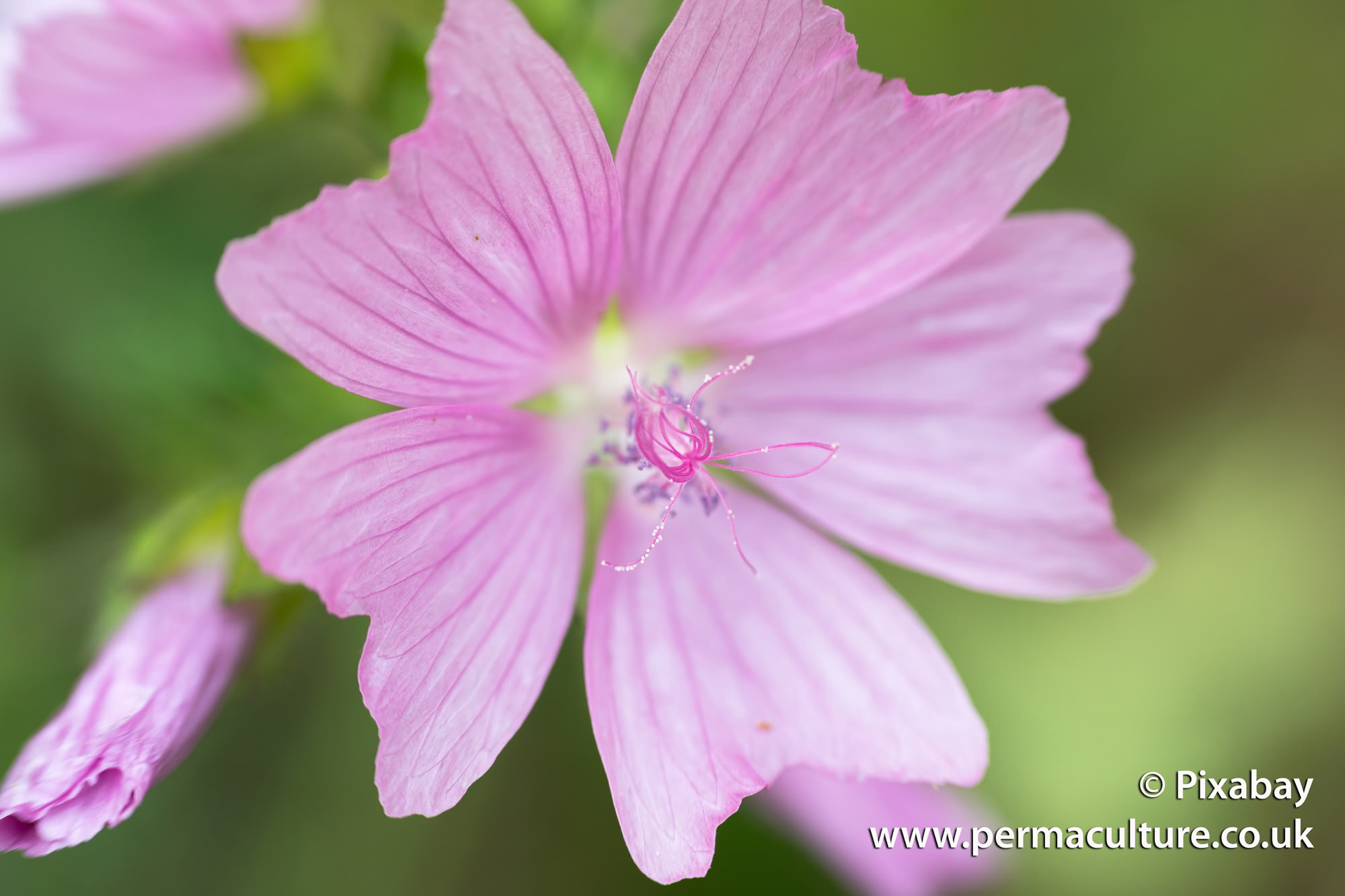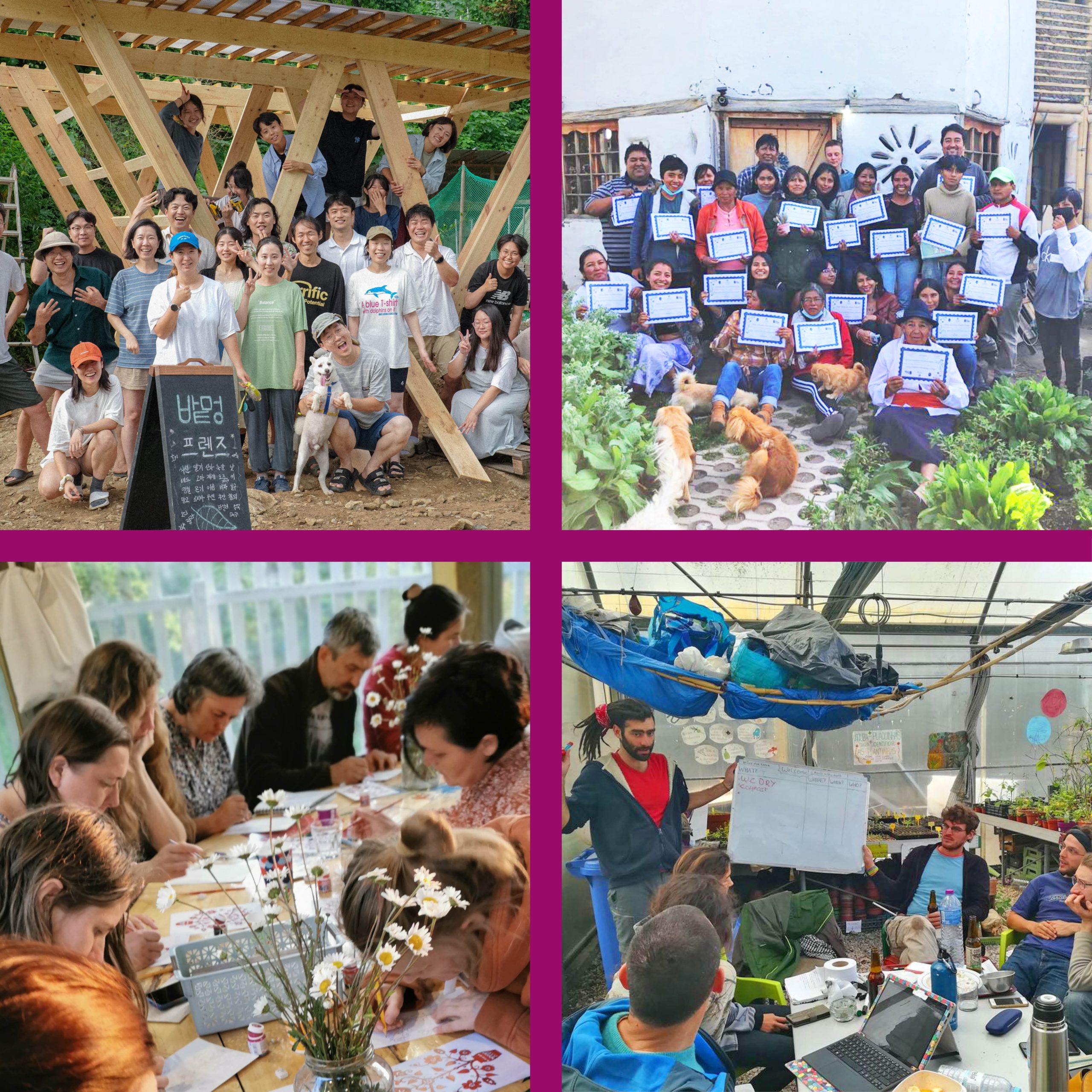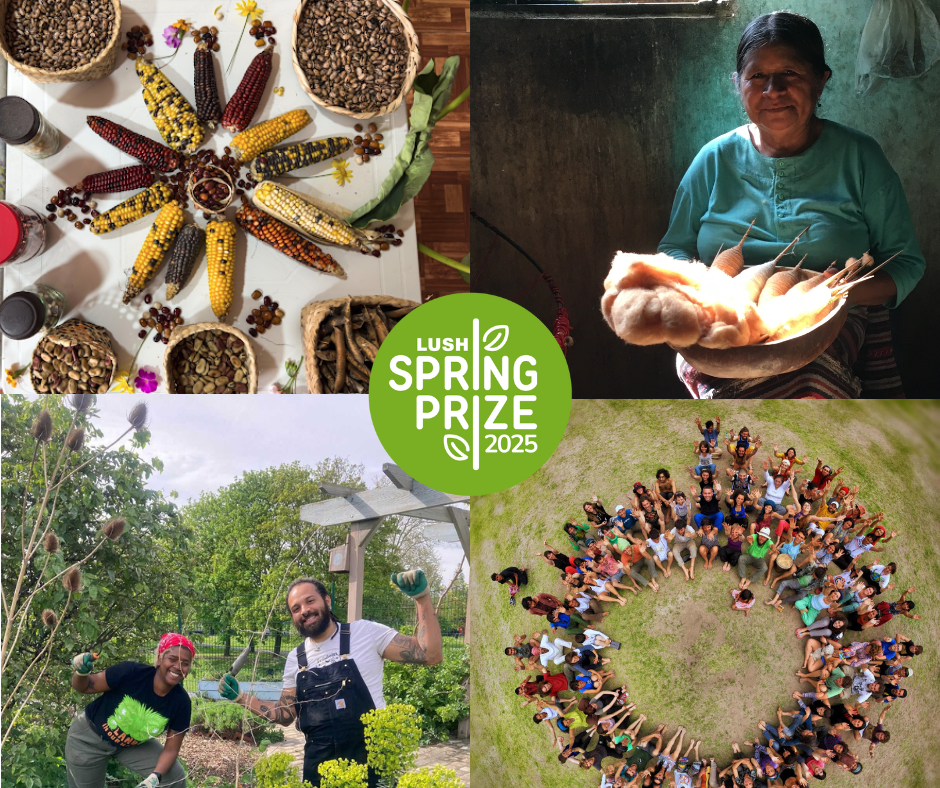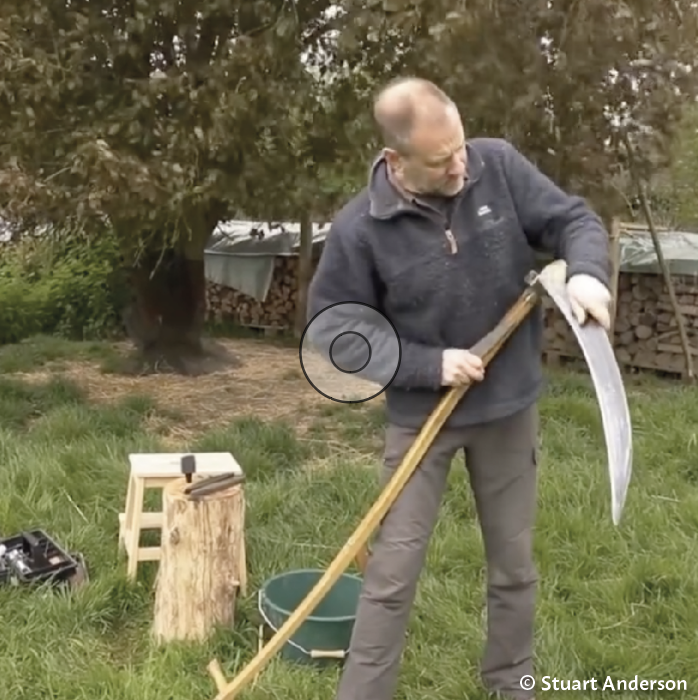It is a well recited horticultural fact that growing fruit trees from pips or stones is a complete waste of time. Each will be an unknown cross and so to quote Forrest Gump, you truly ‘never know what you’re a gonna get’ which is true. This is never more so than in the case of apples, for the genus Malus has one of the most diverse genomes in botany. Thus the seeds from a red dessert apple may grow up to be a tree that produces a green cooker, or a small crab like apple or something tasting more like a cider apple. For the resulting apples will have 50% of the genes of the apple it came out of and 50% of the genes of whatever the bees pollinated it with, and that could have been any other apple, so a real genetic mix is thus born!
Whilst the horticultural wisdom says don’t, many of us as children probably got our first insight into the world of growing things by planting a pip from the fruit bowl in a yogurt pot and growing our first little tree. So whilst you are probably far more likely to scoop the Lottery Jackpot than you are to grow an apple tree that produces the next Gala, Bramley or Braeburn that could be propagated the world over and make you a fortune, there are still a number of good reasons why it is worth planting pips.
It is good fun, easy to do, costs nothing and is the perfect way to introduce children to horticulture. So whilst accepting we are unlikely to breed the next world wide variety, it is worth remembering that all the thousands of named and cultivated varieties the world over did originate as a seedling, be it one randomly found or one resulting from a cross made by a nurseryman. So yes it is a long shot but you never know!
What you get by growing your own apple will be unique. Whilst there are countless books and lists of the thousands of named and recorded varieties of fruit, if you do successfully grow a tree from seed and get it to fruit, what you have will be yours and yours only, totally unique. Every pip or stone will contain a unique mix of genes unlike any other, just like all those random trees growing at the side of the road where people have thrown apple cores from car windows. You will not find any in a book or be able to identify them against known specimens for they are all random crosses or wildings, as they are known in apple circles.
So if you have the space and growing top notch saleable fruit is not your primary aim, growing fruit trees from seed is well worth a go. You might even end up with a nice tree, possibly more hardy and resilient than a grafted tree, and it will produce fruit of some kind be for you or the local wildlife.
It is always worth remembering that the whole basis of standardised fruit trees on cloned rootstocks was never for the benefit of us gardeners, allotmenteers, small holders and permaculturists, it was driven by the commercial desire to have orchards of hundreds of trees that are all the same size, grow in the same way and produce at the same standardised time.
There is now a small field of interest in crab or wilding stocks, which is a return to the way the Victorians produced fruit trees, by sowing rows of pips and stones and then using the resulting trees as rootstocks onto which known varieties were then grafted. The resulting trees varied in size, vigour and growth but some had a diversity, potential hardiness and disease resistance that modern cloned stocks may not have.
Four years ago I planted two entire trays of apple pips in root trainers – some 64 seeds. Some were from known varieties so I know half their parentage but others seemed to get mixed up somewhere so are of unknown parentage. Even from the beginning differences in vigour and form were apparent, with some being bigger, greener or bushier, while others were taller and straighter. I grew some of them on in large pots then planted some of them out in their second winter, now their 4th growing season. Some are beginning to fruit and the results are indeed interesting and show what a varied genome Malus is.
One tree of unknown parentage produces grape sized dark yellow apples, like a crab, another produces golf ball sized very attractive apples with a highly astringent taste suited only to cider or crab apple jelly. Most interesting of all, one with a known parentage of 50% ‘Martin Nonpariel’ produced apples in 2016 that were incredibly similar to its parent, with size, anatomy, visual appearance all almost identical, only colour and a slightly less shiny skin differentiate it from the parent. Whilst this is unusual and a phenomena known as true(ish) to type, it shows that sometimes you can get a good usable apple.
If you have a small garden then this is not a project for you, far better to grow a known cultivar that will feed you. If you have the space and like a challenge, then why not give it a go and plant your own fruit trees from pips and stones, grow them on and plant them out? You will end up with a diverse mix of trees that can be valuable as habitat, shelter, shade and will produce fruit that only you will be the judge of… It may be good or it may be more suited to feeding the wildlife. This is a no cost project, great fun, interesting and even if you get nothing worthwhile fruit-wise, you will have some unique trees and should you choose not to keep them in the long run, you will have grown carving wood, kindling or logs.
Wade has published The Apples and Orchards of Worcestershire which can be bought at: www.marcherapple.net
The Orchard Book
by Wade Muggleton
Trees for Gardens, Orchards and Permaculture
by Martin Crawford
Wade is an apple tree expert, with over 130 fruit trees in his field orchard, and plenty more as small trees in his backyard permaculture plot, Station Road Permaculture.
